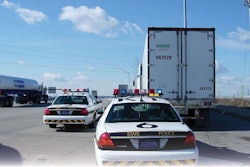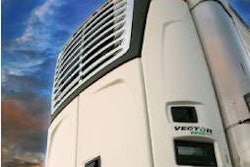Roush CleanTech and National Bus Sales have partnered to offer public and private bus fleets an alternative to diesel- and gasoline-fueled vehicles. A new paratransit bus fueled by propane autogas will be unveiled to public transportation professionals at the Community Transportation Association Expo through Friday, June 10, in Indianapolis at booth No. 133 on the show floor.
With the help of Elkhart Coach, a division of Forest River Inc., the first of these propane autogas specialty buses will hit the road this summer in Texas as part of the Capital Area Rural Transit fleet to transport ambulatory and wheelchair passengers. An order for an additional eight shuttle buses is expected within the next 90 days.
TX-CARTS, a proponent of propane autogas technology, currently has 20 conventionally fueled buses in their fleet. This new bus design that they will add to their fleet will feature the frame of a Ford E-450 cutaway with the shuttle bus body added by Elkhart, which will include seating for 20 passengers and two wheelchairs, and the Roush CleanTech liquid propane autogas fuel system.
“This new venture has the potential to revolutionize the way governments, municipalities and the public view the paratransit industry,” says Joe Thompson, president of Rouse CleanTech. “No longer does the traditional image of dirty exhaust and compromised air quality from buses have to be the norm.”
National Bus Sales will take on the marketing and placement of the propane autogas buses nationwide. “National Bus Sales has been searching for a high-quality propane autogas solution, and we are thrilled to be partnering with Roush CleanTech to bring dedicated liquid propane autogas technology to America’s public and private bus fleets,” says John Walsh, president of National Bus Sales and Leasing Inc. “In this time of high gas prices and the need for sustainability, this unequivocal product is guaranteed to lower harmful carbon emissions and operating costs.”










